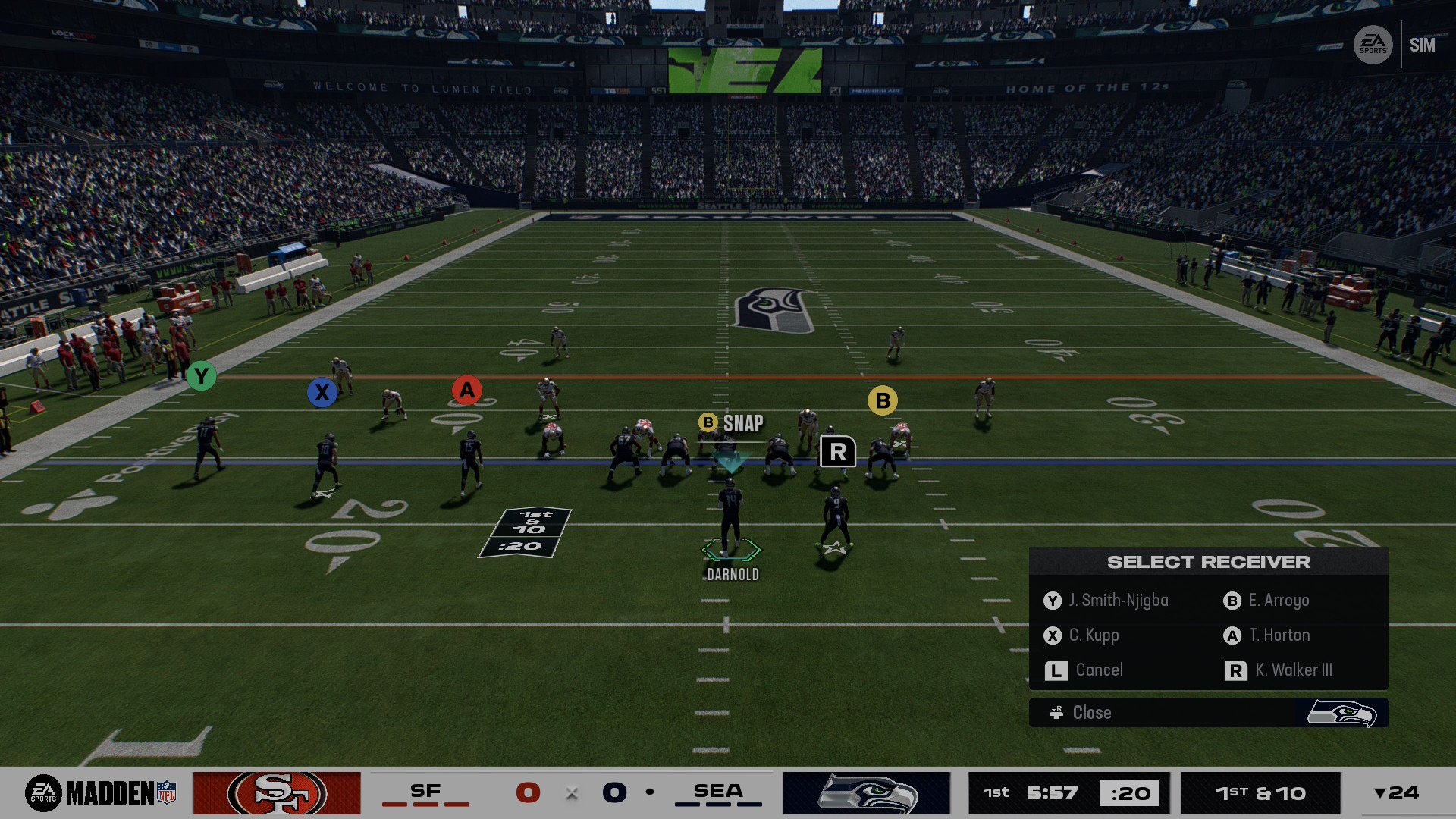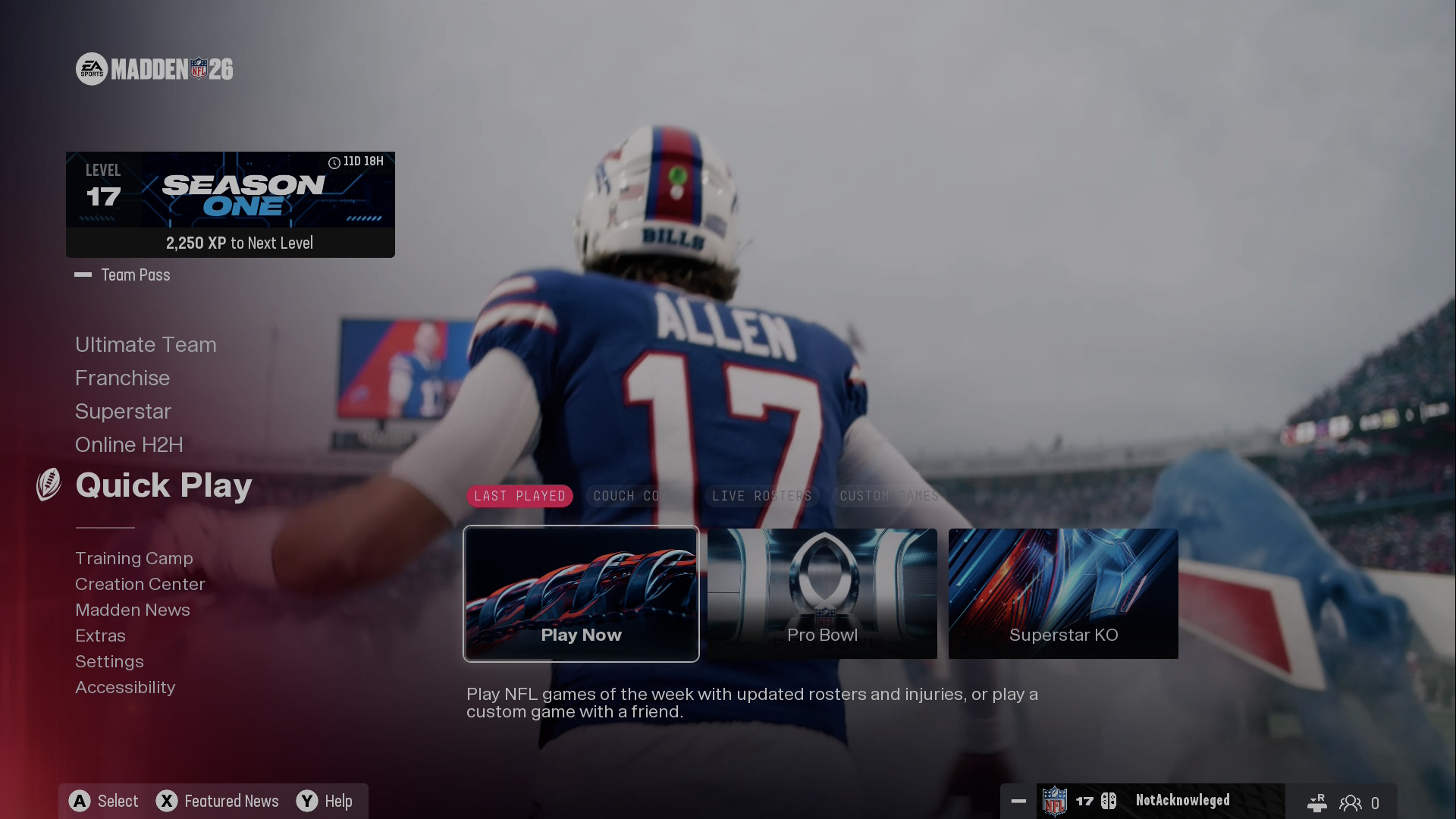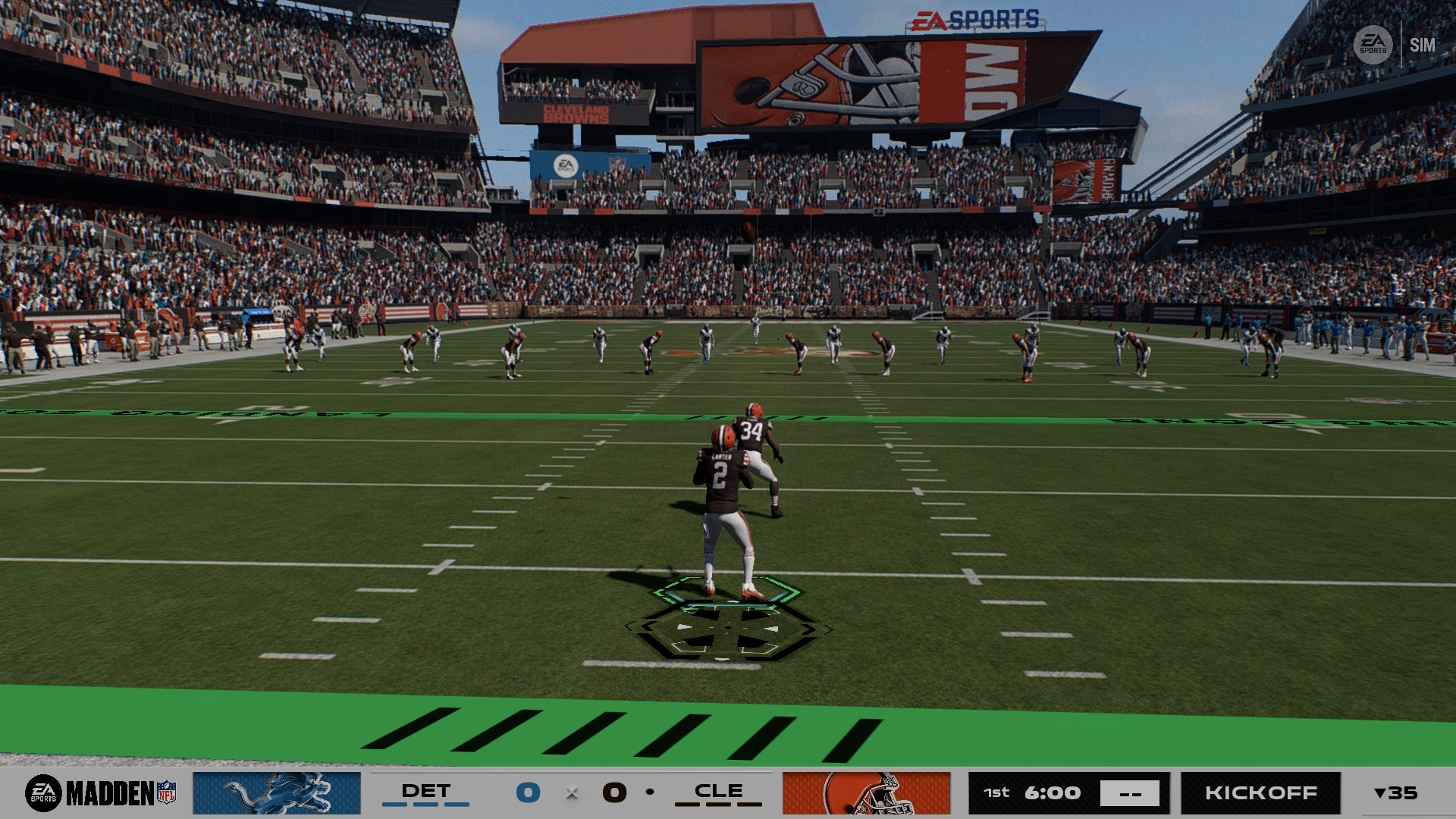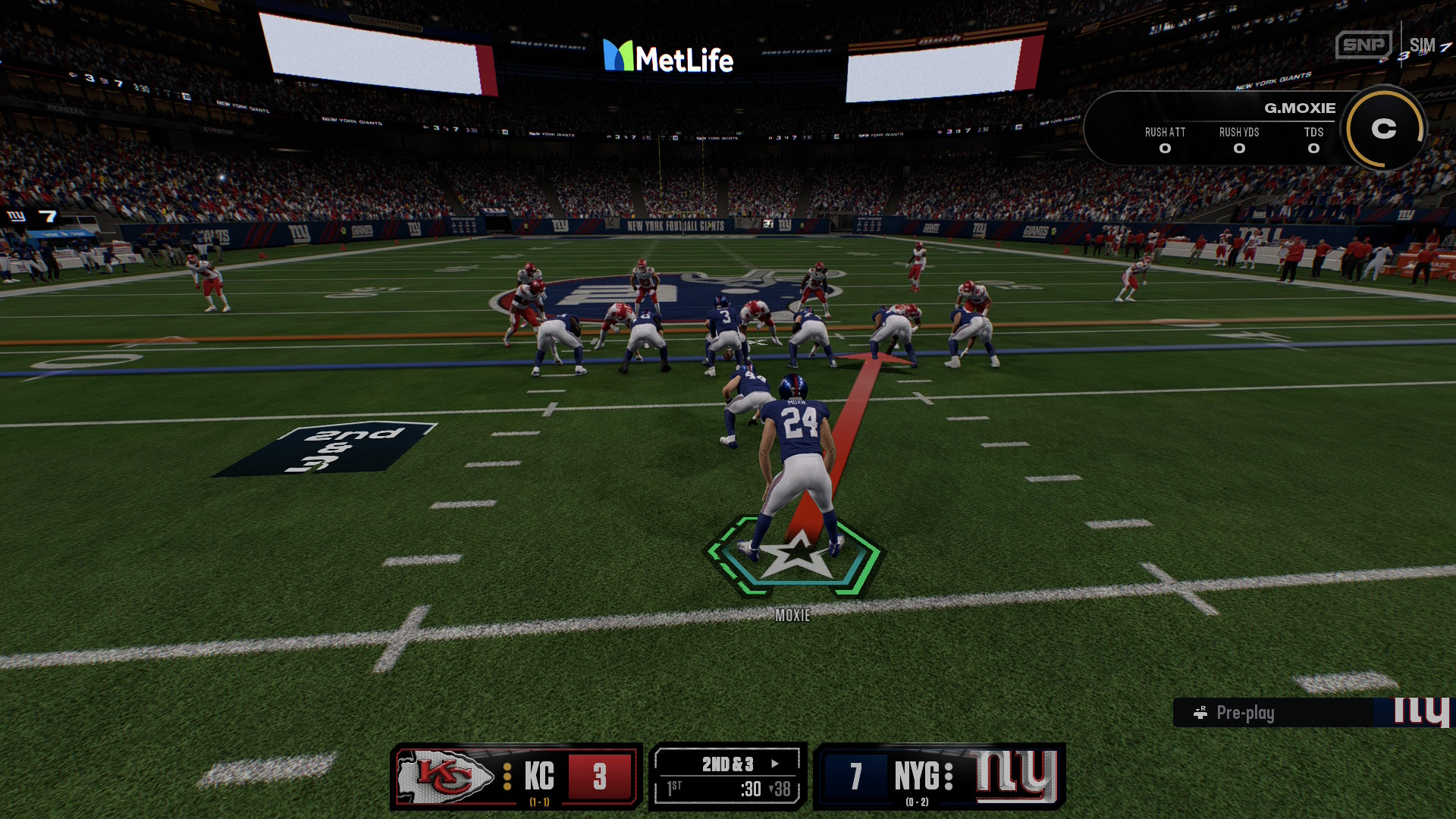Review: Madden NFL 26 (Switch 2)

We’re only a week into the 2025 NFL season, and we’ve already had a player ejected for spitting on an opponent. So, the big question for the Switch 2 release of Madden NFL 26 has to be whether players can spit on Dak Prescott. “Spit’s in the game,” right EA Sports?
It’s not—at least, not that I’ve found—but plenty more is. The last Nintendo-compatible version of Madden was ’13 for the Wii U, and a lot has changed since then. More than I’m able and willing to cover here. As such, this review is for people like me; football fans who don’t care about Madden ’26s latest improvement anymore than they care about how those improvements look and perform on other platforms. It’s for people who haven’t touched a Madden game in so long that they may as well be coming into it new…because that’s pretty much what I did.
In fact, let’s start there. It’s no secret that EA Sports games revel in realism, which is marketing-speak for complexity. Not only do you have numerous controls to learn for different positions, you have to learn football strategies, football business, football playbooks. A new feature this year allows you to shape your team based on your preferred coaching method: offensive, defensive, developmental, etc. So, before you’re even on the field, you’re controlling how the game will be played. Then, factor in weather, player stamina, depth charts, collision types…
It’s a lot to take in for those of us who haven’t played a new version since 2012. Some of it feels like EA making desperate attempts to justify asking players to buy a whole new version every year. “No, see, this version is new and better…kicking and stadium lights are more realistic than ever!” But honestly, it’s all pretty fun once you start getting good at it.
Madden is a game to study and learn, and it’s not built for new players. There are no options to just hop right in and have fun if you’ve never played the game before. There are no tutorial games to help you along. Play Now allows you to hop right in with AI that adjusts to your skill level, but it doesn’t tell you how to do anything. For that, you’ll need to practice plays, positions, and situations in the training room. Not a fun way to begin a game when all you want to do is select your favorite team and correct the wrongs of the past week.
Some of these options had odd bugs, too, such as the two-minute drill in which the player in motion would go out for a pass before I hiked the ball. Was the game telling me to snap the ball sooner? Maybe. Or maybe my receiver needs to be cut.
Once you get your training time in, however, things pick up considerably. There are many modes to play through, my favorite of which are Quick Play and Superstar, despite being on opposite ends of the spectrum. Quick Play is great when you want to just hop in and run through a game or two. It’s an easy way to learn about the strengths of other players and experience different stadiums. You’re also under no pressure to win since you’re not aiming for a Super Bowl or trying to impress the upper office.
Superstar is meatier. It includes more interesting aspects such as practicing to prove yourself as a player and keeping a healthy relationship with the team, trainers, coaches, etc.
Of course, you can also go online to play others…to an extent. Whereas the PC and other console versions are fully cross-compatible, the Switch 2 version is not. And the online play within the Nintendo universe is spotty. When looking for a matchup, I was mostly just met by a loading screen that questioned whether I wanted to keep trying. Maybe Madden NFL 26 includes a feature that prevents you from embarrassing yourself online?
The Switch 2 may not be able to deliver proper online gameplay, but it does come through where it matters most: graphics and performance. It’s been so long since I’ve played one of these games that I wasn’t aware of how much better they looked.
The player motions are still a bit jerky and the collision physics are off (I have a rather humorous video of a QB throwing a defender five yards downfield with his non-passing arm), but everything from the player models to the turf texture to the weather effects all look great. The dome lighting seemed weird to me, but I can’t say I’ve ever been on a field to experience it in real life.
Even better, the Switch 2 provides the power to keep the action flowing nicely. Madden NFL 26 runs quite well in docked mode and well enough in handheld mode. I did occasionally run into framerate issues in the latter, and loading times can be a bit long, but gameplay itself is largely unaffected by processing issues.
On the field, I found defense was awkward to control. DBs, especially, would get caught in a stumbling animation that would allow receivers to get open too easily, and all defenders would occasionally zip right past a runner when the tackle should’ve been easy. The blocking AI is shoddy, too.
Not as shoddy as the commentary, however. The voices are annoying, and they’re quite often wrong about what just happened on the field.
My biggest complaint, though, is that the EA marketing is almost as annoying as the gambling app commercials during actual NFL games. You have to create an EA account to save progress or get rewards, and you’re constantly bombarded by pop-ups to try this or buy that for the ultimate team. I guess that’s true of the NFL marketing machine, too. If you want to just enjoy football, you have to go all the way down to the high school level where the worst thing you have to deal with is that treacly Kenny Chesney song during warmups. (Mojo Nixon offered a more honest and accurate reminiscence.)
But listen; no matter where you’re at with your Madden skills, what’s important here is that Nintendo players finally have the ability to play it again. The only feature that’s really missing on Switch 2 is cross compatibility. It’s probably good that EA is giving us time to get better against our own, but I’m hoping I can spit on Xbox and PS5 QBs in the opening week of Madden NFL 27.









